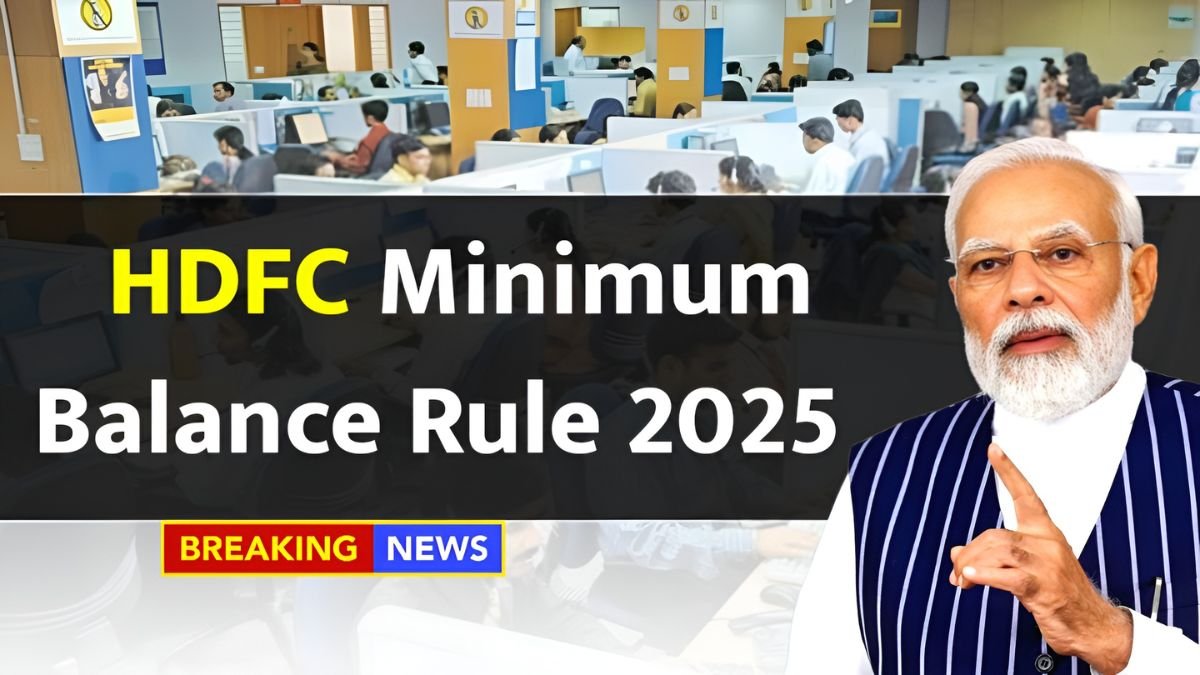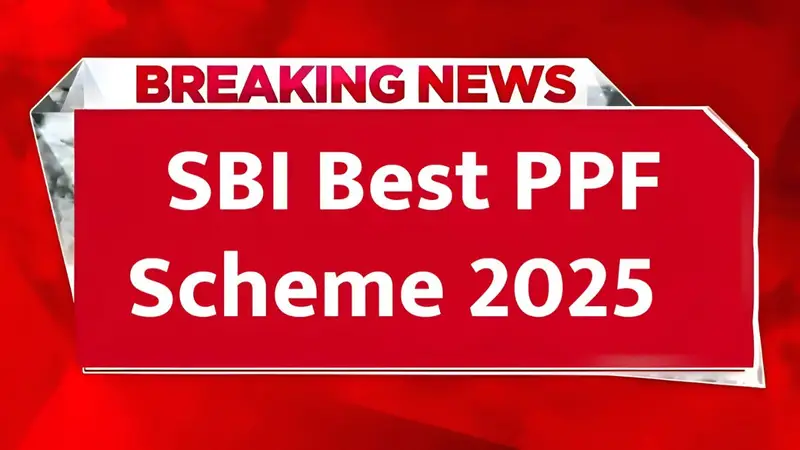Under the new approach, customers can be penalized by opening a fixed deposit (FD) of a certain amount rather than the old Average Monthly Balance (AMB) concept, effective, of course, after all formalities have been completed. This largely leads to making banking more flexible, customer-friendly, and profitable.
What is changed?
It is necessary to maintain either a stipulated minimum balance or an optional FD based on the branch category:
- Metro/Urban:
- AMB: ₹25,000 or FD: ₹1,00,000
- Semiurban:
- AMB: ₹5,000 or FD: ₹50,000
- Rural:
- Average Quarterly Balance (AQB): ₹2,500 or FD: ₹25,000
This means that if you open the above FD, there will be no penalty even if the AMB/AQB falls (subject to other rules), and you will also earn interest on the FD.
Why the change?
- Convenience to customers:
- It becomes increasingly difficult to keep a solid monthly balance because of cash flow changes and digital payment modes. Compliance will become effortless with the FD option.
- Build better savings habit:
- Idle funds will go to FD and will earn fixed interest rather than sitting idle in the account.
- Financial inclusion:
- Minimum very low requirements for semi-urban/rural customers, dispensed with unnecessary fees, and banking will feel more approachable.
What is the new FD option?
- Double benefits: No penalty charges + interest locking in FDs.
- Discipline: Avoid frequent withdrawals—some amount is locked away for savings preservation.
- Flexibility: The savings account remains open for daily transactions, while the FD earns separately.
- Illustration: Metro clients open a ₹1 lakh FD. No charges apply for AMB shortfall, and regular interest accrues on the FD.
What if those conditions are not satisfied?
If neither the minimum balance is maintained nor the optional FD is opened, the bank may levy a penalty according to branch category and shortfall level. The amount depends on the bank’s current charge list. The best way to avoid any drawbacks throughout the year is to choose a suitable FD and avoid unnecessary deductions.
Who should select which option?
Maintaining a high AMB/AQB regularly for such individuals will be an easier option.
FD options are better—reduced penalty risks while also providing interest for those with irregular cash flows or those who frequently withdraw from their accounts.
Salaried/small business/rural customers: Such FDs are simpler and also more budget-friendly for customers with lesser requirements.
Things to Know
- Check out the FD tenure, interest rate, and breaking rules (premature withdrawal)—be careful that it doesn’t attract penalties or reduce interest if broken.
- Auto-sweep/Liquidity: Know about partial withdrawal options if available in case one is in need.
- Charges/Terms: Read the list of other charges such as SMS/Debit Card/Branch Transactions as these are separate from AMB/FD.
- KYC/Account Category: Branch category (Metro/Urban/Semi-Urban/Rural) must be kept correctly because only then will the corresponding rules be applicable.
Complete
In 2025, update HDFC Bank’s choice for the customer — to preserve the minimum balance or to open an FD of the same amount, into which the penalty will not be imposed, and interest will be made. It simplifies the act of banking in daily terms and accommodates it into an even more flexible and profitable approach, particularly for day-to-day customers who would not make idle balances very large.
Disclaimer
This article presents only general information. Terms, interest rates, fees, and conditions may change at one time or another. Before making any decisions, please check HDFC Bank’s official website or confirm with your nearest branch/customer care.









